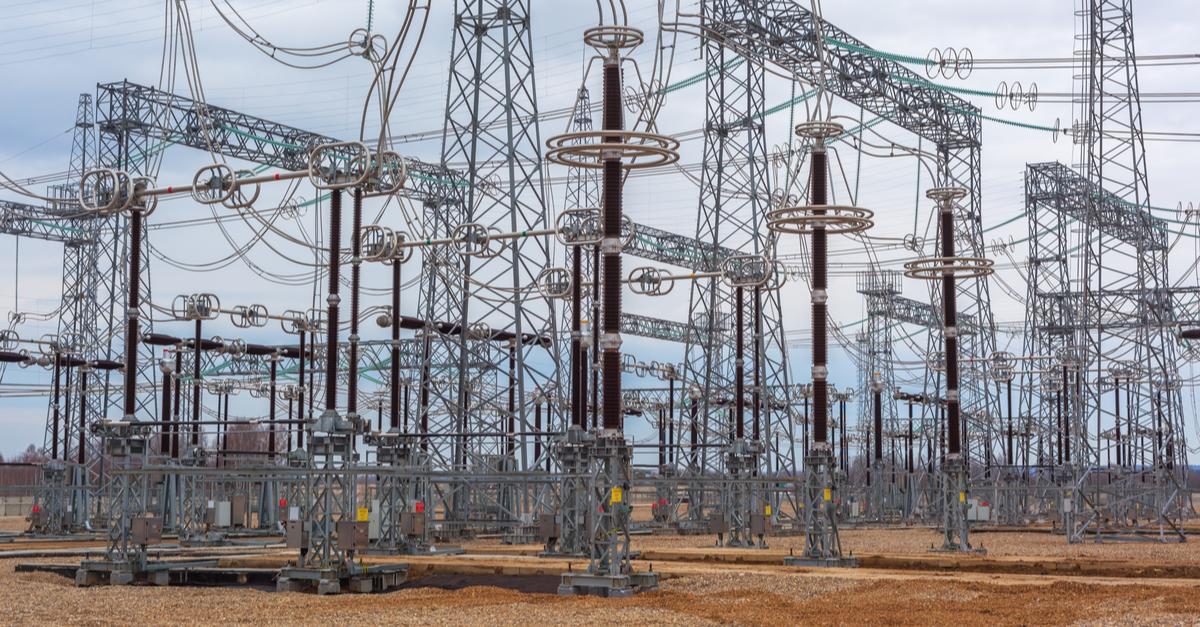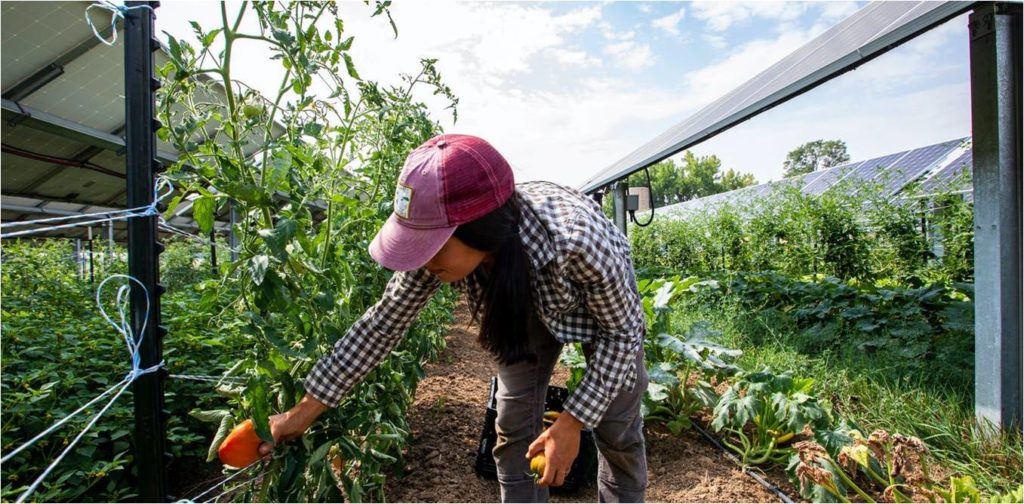For the electricity grid to deliver power with zero emissions our steam punk grid will need to be re-thought and re-engineered

A big step in solving the climate crisis will require the rapid stopping of human GHG emissions. Electrical power generation and distribution via the electricity grid is a big chunk where we already know how to stop emissions.
Achieving zero greenhouse gas emissions (GHG) will probably not be enough on its own to stop and reverse the process of global warming. We have allowed the warming to continue long enough to have triggered positive feedbacks from various natural sources. The rising GHG emissions from these will drive global temperatures ever higher. However, if we can reach zero emissions fast enough, we should be able to slow the rate of global warming for long enough to give some more time to geoenineer enough carbon capture and sequestration and/or solar heat reflection technology to stop and reverse the warming. We already know how to achieve zero emissions for electrical power generation and the electricity grid, so it only needs for us vigorously start the task NOW!
A couple of recent articles explain what is required. I’ll quote the slightly more comprehensive article here from The Conversation. A derivative article in Undark (associated with MIT University) gives a tighter focus on the technology per se.

by Charles F. Kutscher & Geoffrey Logan, 13/01/2022 in The Conversation
A 21st-century reinvention of the electric grid is crucial for solving the climate change crisis
In the summer of 1988, scientist James Hansen testified to Congress that carbon dioxide from burning fossil fuels was dangerously warming the planet. Scientific meetings were held, voluminous reports were written, and national pledges were made, but because fossil fuels were comparatively cheap, little concrete action was taken to reduce carbon emissions.
Then, beginning around 2009, first wind turbines and then solar photovoltaic panels decreased enough in cost to become competitive in electricity markets. More installations resulted in more “learning curve” cost reductions – the decrease in cost with every doubling of deployment. Since 2009, the prices of wind and solar power have decreased by an astonishing 72% and 90%, respectively, and they are now the cheapest electricity sources – although some challenges still exist.
Read the complete article….
Australia has the know-how to do all of this. What the country lacks is the political will and regulatory environment to make it happen. At least since the Abbott led LNP COALition government assumed power in 2013 has worked assiduously to subsidize (Australia Institute: In 2020-21, Australian Federal and state governments provided a total of $10.3 billion worth of spending and tax breaks to assist fossil fuel industries.) and protect its already super-wealthy special interest patrons any kind of government or popular infringements on GHG emitting operations and businesses. This support has been backed up by a continual barrage of humbug, denial, fake news, disinformation, legislative blocking, and misdirection. For their brain fogging techniques see: How decades of disinformation about fossil fuels halted U.S. climate policy; Climate Change Disinformation and How to Combat It; The Climate Denial Machine: How the Fossil Fuel Industry Blocks Climate Action; How Big Oil Lost Control of Its Climate Misinformation Machine; Wikipedia: Climate change denial; see also my 2017 presentation “Positive Feedback and the Evolution of Human Culture“. Capt. Humbug (a.k.a. Scotty from marketing), his deputy Blarney Barney (the man with the hat), and their large troop of wooden-headed puppets are still using these techniques very effectively to stifle any progress towards serious action to resolve the climate emergency.
We Australians don’t have to put up with this longer than a few more months. Short of staging a Trumpist style coup to retain government, it is entirely within our power as voters to replace all the puppets with trustworthy people who will put organizing climate action as their top priority if elected to government. Vote Climate One is producing Traffic Light Voting Guides to help you achieve this – but without telling you how to vote. Basically we are setting out to provide information on every candidate in every electorate that you can use to guide your preferences to maximally support maximize preferences for those you think should have the job while being doubly sure than you don’t preference anyone likely to pass their preferences to an electable puppet of the special interests.
With an environmentally friendly Parliament, we can be working on the very serious work of surviving the climate emergency.